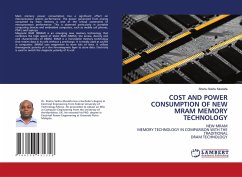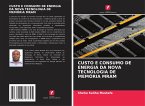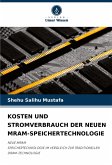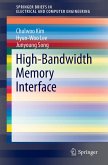Main memory power consumption has a significant effect on microprocessor system performance. The power generated from energy consumed by main memory is one of the critical constraints of microprocessor performance. This is observed particularly in portable computing devices and embedded computers, such as mobile cell phones, PDA's and laptops. Magnetic RAM (MRAM) is an emerging new memory technology that combines the high speed of Static RAM (SRAM), the access, density and cost characteristics of DRAM. SRAM is a nonvolatile memory technology that retains data in its cells without a precharge. It is mostly used as caches in computers. MRAM uses magnetism to store bits of data. It utilizes themagnetic polarity of a thin ferromagnetic layer to store data. Electricity is used to switch the magnetic polarity of its cell.
Bitte wählen Sie Ihr Anliegen aus.
Rechnungen
Retourenschein anfordern
Bestellstatus
Storno









